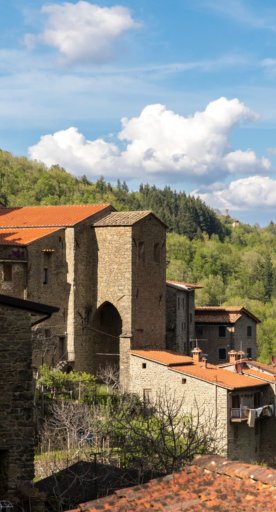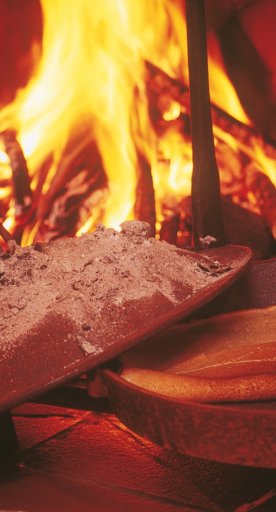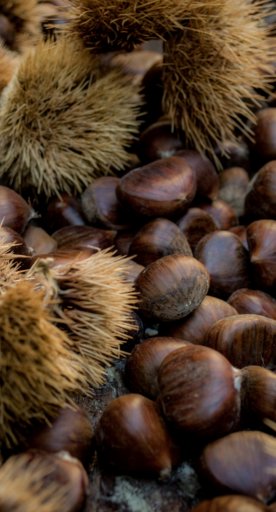Casola, from the Roman term "Casuli," is a small but delightful town that serves as the gateway to the Apuan Alps Park on the slopes of the Lunigiana mountains. Immersed in a rich landscape of natural beauty and wild panoramas, the town is located on the peak of a rocky spur at the top of the Aulella River. A short way away from the Tassonaro stream, it stretches through a territory hugging both the Apennine and Apuan mountain chains on the border of the Lunigiana and Garfagnana regions.
The town, for ages the property of the Malaspina di Fosdinovo family, was linked to the Fivizzano area between the 15th and 19th centuries. In 1841, both Casola and Fivizzano became part of the Duchy of Modena, and in 1859 the town was added to the Massa and Carrara province. It wasn’t until 1863 that it was given its current title.


































